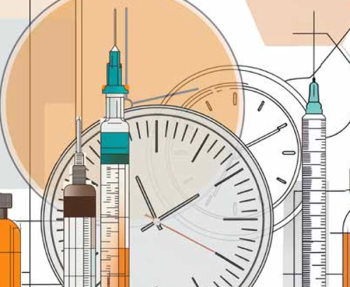
From the discovery of penicillin to PK-PD principles: A brief historical overview and what we have learned from recent clinical trials.

From the discovery of penicillin to PK-PD principles: A brief historical overview and what we have learned from recent clinical trials.

Despite political restructuring and funding cuts, the NIH’s Generation Gold Standard vaccine platform offers a promising solution for pandemic preparedness and global health resilience.

As the cohort of people living with HIV in the US ages, HIV care programs must rapidly adapt to the changing needs of older adults with HIV.

Andrew Lover, PhD, MPH, discusses the shifting landscape of tick-borne illnesses during Tick-Borne Disease Awareness Month.

Six states hold the highest percentage of A grades.

Jason Barker, ND, explains how standard testing can miss coinfections and how Vibrant’s microarray improves sensitivity and efficiency in a single test.

The Hecolin hepatitis E virus vaccine was delivered with a reduced 2-dose schedule to people living in a refugee camp to try to reduce an outbreak.

Study supports the global need for targeted education to correct misconceptions and improve treatment adherence.

This common skin and soft tissue infection has a high recurrence rate and significant treatment failure. β-Lactams remain effective first-line treatments, though rising resistance to clindamycin and tetracycline, especially in GAS, is a growing concern.

Sabrina Absalon, PhD, explains how antibiotic disruption of the apicoplast led to the discovery of PfAnchor, a key protein required for parasite division and survival.

The agencies are calling for sustained investments in immunization efforts in the midst of increasing case numbers rising for diseases such as whooping cough, measles, and others.
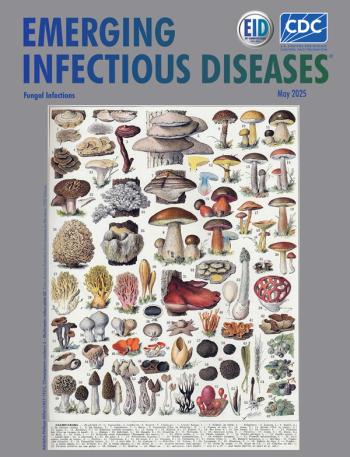
The latest fungal-focused edition of the Centers for Disease Control and Prevention’s journal Emerging Infectious Diseases explores the global spread of antifungal resistance, rising cases of Aspergillus infections, and the detection of Histoplasma.
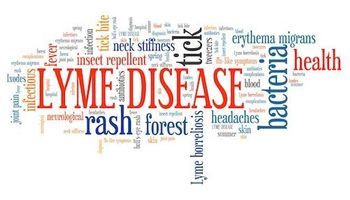
A preclinical study shows the antibiotic, piperacillin, was effective at much lower dosages than doxycycline, and did so without disrupting the gut microbiome.

US cases already surged 210% in 2025, while ECDC reported a 786% increase in Europe, with 35,212 cases in 2024.
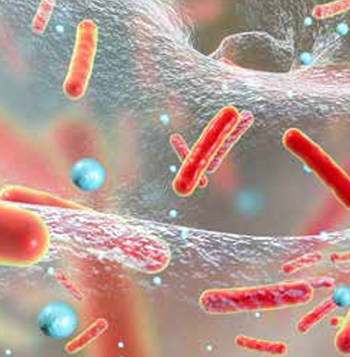
Rifaquizinone is a dual-pharmacophore antibiotic combining rifamycin and a fluoroquinolone-like compound, showing strong bactericidal activity against resistant Staphylococcus aureus strains and biofilms, with promising results for treating prosthetic joint infections (PJI) but limited oral bioavailability.

Novavax Vice President Matthew Rousculp on reactogenicity, vaccine hesitancy, and supporting informed decisions.

Matthew Hepburn, MD, offers some insights on his time as vaccine development lead for Operation Warp Speed and the ability to develop a COVID-19 vaccine within a year.

At ESCMID Global 2025, SHIELD study data show Novavax recipients experienced fewer adverse effects and missed less work compared with those who received the Pfizer-BioNTech COVID-19 vaccine.
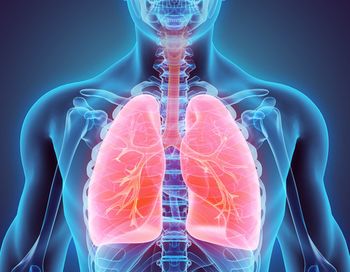
A recent study evaluated bundled ambulatory stewardship interventions (ASIs) — audits, reporting, webinars, and electronic alerts — to reduce inappropriate antibiotic prescriptions (IAPs) for acute uncomplicated bronchitis (AUB).
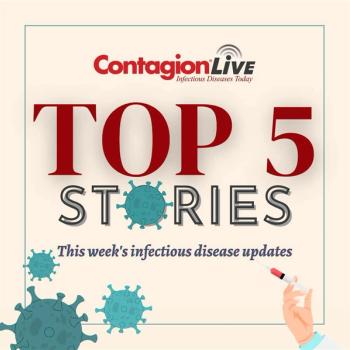
World Malaria day stories, update on measles outbreak, coronavirus antivirals showing strong results in testing, and more this week.

After delays in the review of the COVID-19 vaccine—which missed its April 1 review deadline—the agency has requested new data.

Sabrina Absalon, PhD, on how disrupting apicoplast division can stop malaria in its tracks and calls for sustained research funding to combat the disease.

Insights from Andrew Lover, PhD, MPH, MS, on challenges in rural Southeast Asia, border malaria, and new mosquito vectors impacting global efforts.

The Johns Hopkins Malaria Research Institute’s work in this area is looking to find ways to identify, for the first time, every single gene in the genome of malaria parasites, which could lead to the development of new treatments or vaccines.

In the first part of our interview, Sabrina Absalon, PhD, explains how depleting a protein linked to apicoplast division leads to rapid death of Plasmodium falciparum.
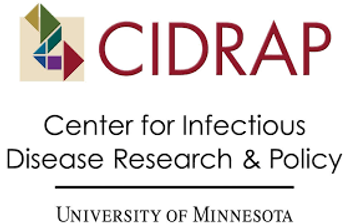
The University of Minnesota’s Center for Infectious Disease Research and Policy (CIDRAP) announced its initiative that will look to ensure reliable vaccine data and information is available to the public and medical community.

Q&A with Ben Burwitz, PhD, on the significance of the new hepatitis B virus (HBV)-susceptible primate model and its potential to advance hepatitis B research and therapeutic development.
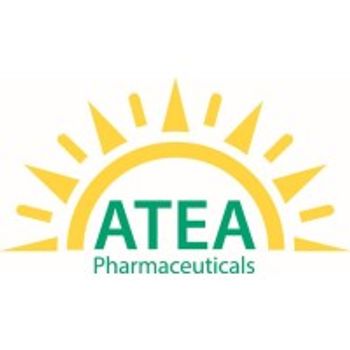
Atea Pharmaceuticals will present the full clinical study at the upcoming EASL Congress in May.
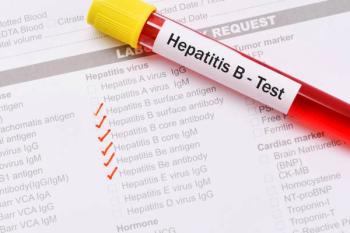
While 254 million affected globally with HBV, the disease remains endemic in Nigeria due to imperfect vaccination efficacy and limited coverage

The Johns Hopkins Malaria Research Institute is hosting its World Malaria Day Symposium on Friday. Jane M. Carlton, PhD, offers some insights on the institute and its signature event.